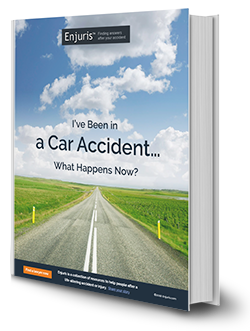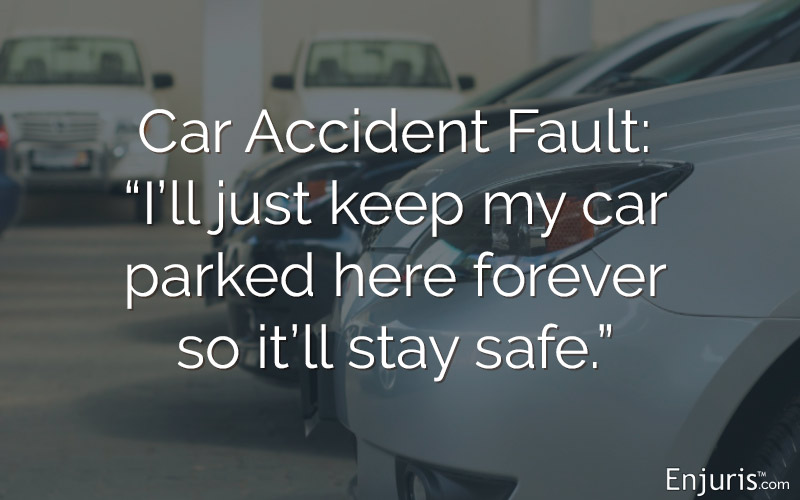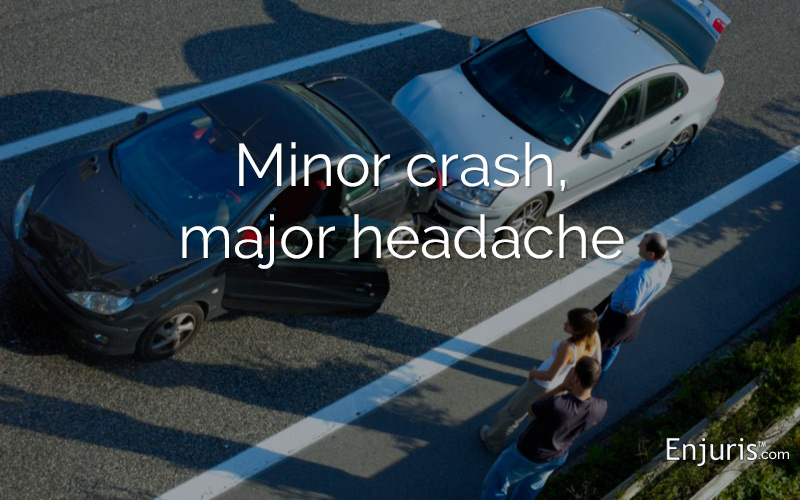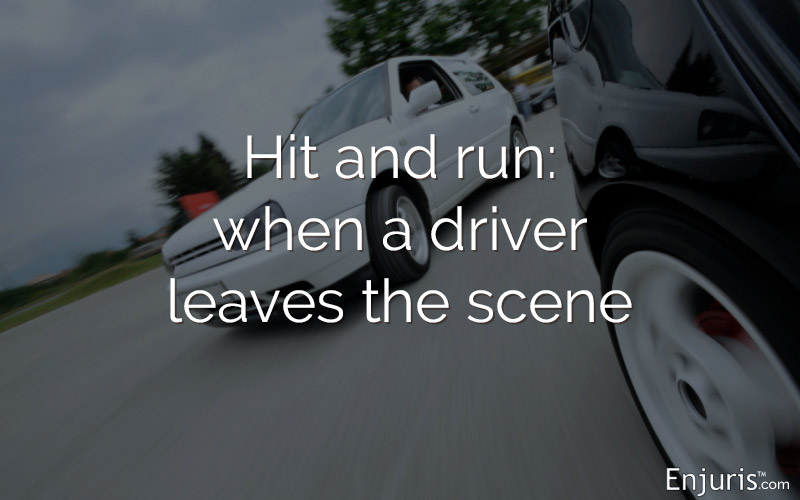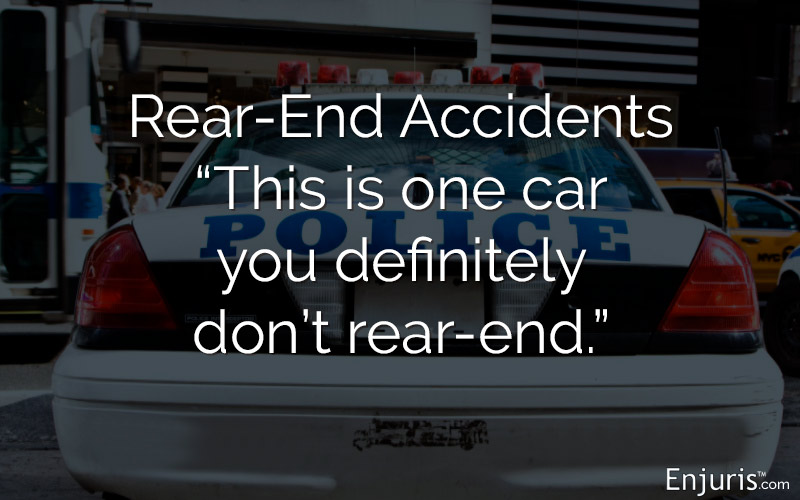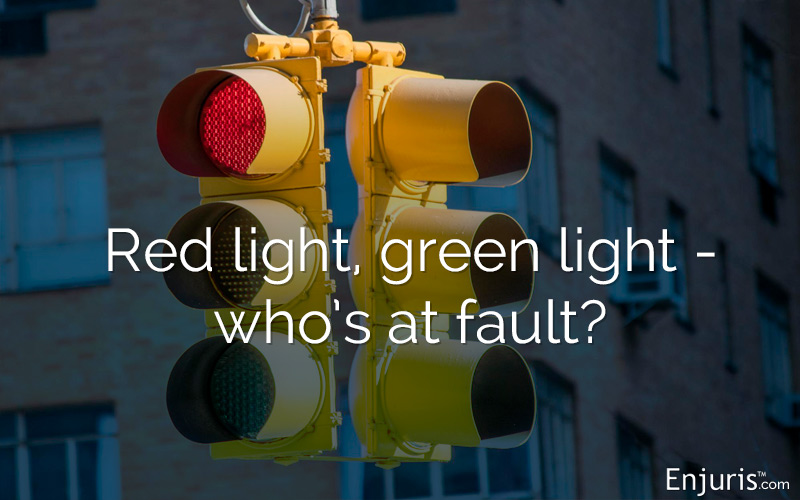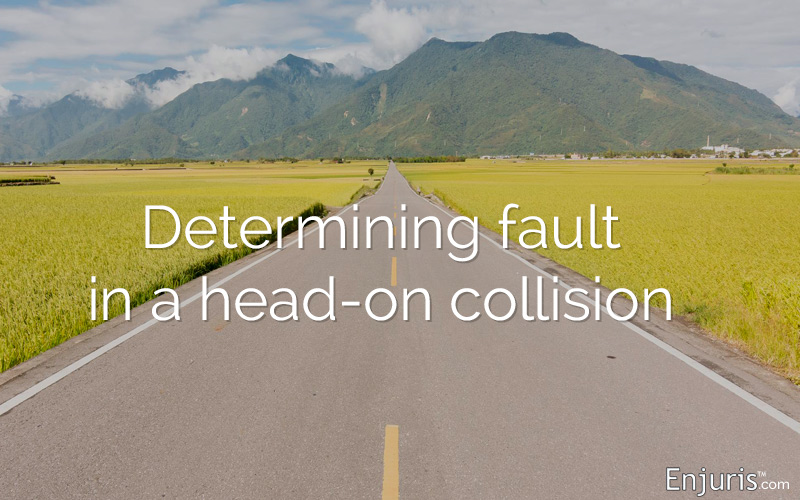Alaska car injury fault laws
If you’re not a native Alaskan, you might think of the state as wide-open space with miles and miles of mountains, sea fjords and wilderness. And you wouldn’t be wrong. National Parks, great views of the Northern Lights, and the midnight sun are all amazing things about The Last Frontier.
But there’s more.
Alaska’s three largest cities—Anchorage, Fairbanks and Juneau—have a combined population of more than 356,000 people. They’re not New York City, with a population of 8 million; Los Angeles, with its nearly 4 million residents; or Chicago, with 2.6 million people... but plenty of people call these Alaskan cities home, or who visit the state for work or tourism.
Since the climate in Alaska is different from most of the continental U.S., the driving conditions are also a little different. The Alaska Public Lands Information Centers offer this guidance to travelers:
- Summer is construction season.
- Weather is unpredictable.
- Road conditions can be difficult.
- Many rental car companies won’t tow a car that is broken down on a dirt road.
- Some gas stations only operate seasonally.
- There are 92 miles with no gas stations in a stretch between Anchorage and Fairbanks.
The longest stretch of highway in Alaska is Dalton Highway, which is 414 miles from Livengood to Deadhorse. It’s remote in spots and can be a challenging drive.
Alaska car accident statistics
Alaska residents travel about 5,306 million vehicle miles per year. The Insurance Institute for Highway Safety (IIHS) reported that there were nearly 53 fatal crashes in 2020 and 64 deaths.
That equates to 8.7 traffic fatalities per 100,000 people and 1.21 deaths per 100 million vehicle miles traveled. That puts it just a little less than the national average, which is 1.30 deaths per 100 million vehicle miles traveled.
10 most common causes of car accidents
- Distracted driving. Distracted driving is a serious problem. As people become more and more reliant on cell phones for maps, podcasts, music, traffic reports, and other functions, there is more and more reason why they feel that they “need” to check their phone. But you should never, ever handle your phone or any electronic device while driving. Also, distraction can include eating, passenger behavior, personal grooming, or any other behavior that takes your mind, eyes or hands off driving.
- Drunk driving. You’re not allowed to drive if your blood alcohol content (BAC) is 0.08% or higher. If you’re under the influence of alcohol, drugs, or some medications, it can severely affect your driving and raises your risk of causing an accident.
- Aggressive driving. You’ve likely heard of “road rage,” which is when a person becomes so angry at another driver that they might bully or even physically harm someone on purpose because they’re annoyed at something about their driving. But there are other kinds of aggressive driving that don’t necessarily involve anger at a specific individual. Some drivers might be impatient and speed or swerve around cars they think are driving too slowly, make unsafe lane changes, or behave recklessly in some other way that could result in an accident.
- Speeding. Some speeding is aggressive, and some is just carelessness. You might speed because you’re in a hurry or running late, but you shouldn’t. Speeding doesn’t get you to your destination any faster if you crash. And when you speed, you have less time to react to a traffic situation in front of you and less time to stop if necessary.
- Reckless driving. Similar to aggressive driving, reckless driving is any kind of action behind the wheel that’s unsafe. It might be speeding, weaving, dodging other cars, failure to stop at lights or stop signs, or any other number of aggressive driving practices that break road rules or are unsafe.
- Inexperienced drivers. Your teenager might be the most responsible kid around, and they might care a lot about following road rules, driving at the correct speed, heeding stop lights and signs, and doing everything “right.” But younger drivers are inexperienced. That lack of experience could cause even the most careful driver to misjudge the speed of an oncoming car, poorly execute a turn, or make other mistakes that result in an accident. And, some teenagers are more likely to take risks than an older driver would. Statistically, younger male drivers are most likely to make risky driving decisions.
- Tailgating. Tailgating is when a driver follows too closely behind the driver in front of them. Some tailating is aggressive, but sometimes it happens because someone isn’t paying attention or simply doesn’t see the practice as dangerous. When traveling 55 mph, you should leave 16 car lengths (which is about 243 feet) between your vehicle and the car in front of you. Tailgating is dangerous because when you’re too close to another vehicle, you don’t have enough time to stop if you need to do so quickly.
- Weather conditions. Alaska is no stranger to severe weather — ice, snow, wind, and other conditions are a regular part of our life. When the weather is extreme, it’s best to stay off the roads when you can. But when that’s not practical or realistic, exercise caution and drive slowly.
- Failure to obey traffic laws. Traffic laws are more than just stopping at red lights. Following the speed limit, staying in your lane, passing bicyclists safely, and yielding to pedestrians are just some necessary aspects to driving responsibly. Be familiar with the traffic laws in your local area and state, and obey them to reduce your risk of a collision.
- Failure to stop at a red light or stop sign. Although stopping for stop signs and traffic lights are part of following traffic rules, they’re also among the ones drivers break most often. Even if you think you’re driving through a “quiet” intersection, you must stop completely at stop signs and lights.
Alaska car accident laws
Alaska follows a fault system of law. The person who causes the accident is responsible for paying for any victims’ injuries.
If you’ve been injured in an Alaska car accident, there are three primary ways you can receive compensation from the at-fault driver:
- File a claim with your own insurance company. Your insurance company will make a subrogation claim, which means it will pursue the other driver’s insurance on your behalf. As far as you’re concerned, though, you’re receiving a settlement form insurance for your financial losses.
- File a third-party claim against the at-fault driver’s insurance policy. This is a good option, as long as the driver’s policy can cover the extent of your damages.
- File a personal injury lawsuit against the at-fault driver. This would be a last resort if there is insufficient insurance to cover your damages, or if the insurance company is refusing to settle for the correct amount to compensate you for your losses.
Damages for an Alaska car accident
The purpose of personal injury law is to make an injured plaintiff whole. In other words, if you were injured because of someone’s negligence, you’re entitled to be restored to the financial condition you would be in if the accident hadn’t happened. Damages is the money you can receive from an insurance settlement or lawsuit.
Insurance provides car accident damages that include:
- Medical treatment, including hospital visits, surgery, prescription medication, diagnostics like MRI or CT scans, and other treatment;
- Ongoing therapies, like occupational or physical therapy;
- Prosthetics or other orthotic or assistive devices;
- Lost wages, present and future; and
- Property loss.

Damages worksheet to track expenses for your injury claim (medical treatment, property damage, lost wages, prescriptions)
Download in PDF format
If you suffered additional losses, like pain and suffering or other mental distress, loss of consortium, or other non-economic losses that aren’t covered by insurance, you would have to file a lawsuit to recover those damages.
If the person who caused the accident acted with malice or a clear indifference to the safety of others, you could add punitive damages to your demand in a civil lawsuit. Punitive damages are intended to punish the defendant especially bad behavior (above and beyond the level of negligence in a “regular” car accident).
Alaska personal injury statute of limitations
The statute of limitations for an Alaska car accident claim is two years. You have two years from the date of the accident in which to file a claim or the court can decline to hear your case. However, it’s important to note that the time frame applies to personal injury lawsuits—an insurance claim time period would be much shorter.
Your insurance company will likely require you to file a claim within a short time, or it can refuse to pay a settlement. The amount of time varies by insurer, so you should call your insurance company immediately after an accident.
Alaska pure comparative negligence rule
Each state follows one of four fault systems, which determine how (and whether) a plaintiff can be awarded damages if they share liability.
Even if the accident wasn’t your fault, the court might find that you might have acted differently—even at the spur of the moment—to avoid an accident. It could be something like braking at the last second, swerving out of the way, etc.
If so, the court determines that there was shared fault. Then, it decides what percentage of fault each party has for the accident. For example, if the defendant caused the accident because he was driving on the wrong side of the road but the plaintiff could have swerved out of the way and didn’t react in time, the court might find that the defendant is 90% at fault and the plaintiff is 10% at fault.
In Alaska, the pure comparative negligence rule says that damages are reduced by the plaintiff’s percentage of fault. In the example above, the plaintiff’s damage award would be 10% less than if there was no shared fault.
Do you need an Alaska car accident lawyer?
There are a variety of ways that a lawyer can be helpful.
First, they can review the evidence and determine liability for the accident. If you share fault, they will work to minimize your percentage of fault so you can recover as much in damages as possible.
Second, if the accident caused severe injuries, insurance might not offer you the full amount that you deserve to be compensated. It’s possible that the insurance company is trying to lowball you, but also that the full extent of your injuries exceed the policy limits.
Either way, your lawyer works with medical, financial and actuarial experts to ensure that you receive the compensation you need in order to move forward.
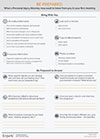
A worksheet to prepare for your first meeting with a personal injury attorney – what to bring, what they'll ask
Download in PDF format
Did you know that car accident law varies by state?
Hurt in a car crash? You may find these resources helpful
A personal injury lawyer helps individuals who have sustained injuries in accidents to recover financial compensation. These funds are often needed to pay for medical treatment, make up for lost wages and provide compensation for injuries suffered. Sometimes a case that seems simple at first may become more complicated. In these cases, consider hiring an experienced personal injury lawyer. Read moreNeed a lawyer?
What does an injury lawyer do?
Common car accidents
